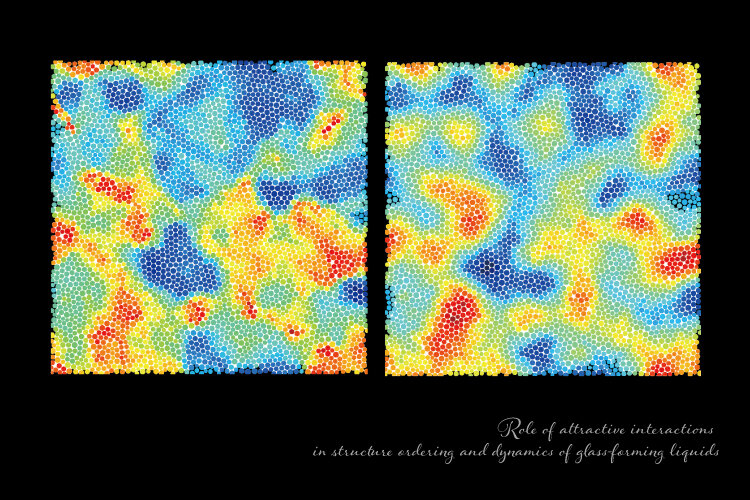
Glass is such a typical material, that you presumably don’t consider it much. It might shock you to discover that specialists today despite everything don’t see how glass forms. Making sense of this is significant for glass industries and numerous other amazing applications of glasses.
A central puzzle in glass physics is the reason a glass-forming liquid becomes so thick before forming a glass. Regardless of whether this abnormally moderate movement in a liquid is mostly owing to changes in spatial structure stays obscure. A physical model that recreates how glass forms would help settle this discussion.
In an examination published in Physical Review Letters, analysts from the University of Tokyo have uncovered a basic birthplace of moderate glassy dynamics. Their examination was planned for seeing how a liquid becomes increasingly viscous on cooling and can form a glass. The specialists found the connection between’s the structure and movement of particles inside recreated glass-forming liquids on the level of individual particles and larger-scale particle assemblies.
“We used the concept of mutual information to understand the interrelationship between local particle arrangement and dynamics in glass-forming liquids,” explains lead author of the study Hua Tong, who is now an assistant professor at Shanghai Jiao Tong University. “Our results suggest that spatial structure controls the unique cooperative particle motion seen in glass-forming liquids.”
The specialists put together their recreations with respect to a basic request parameter that measures how intently the particles can pack together. The reproductions concentrated on molecule movements owing to the first condition of the particles, i.e., on the spatial structure. With the idea of shared data, the recreations demonstrated that particles fundamentally sort out into gatherings that move more gradually than the remainder of the particles, as found in a genuine glass.
“We found no clear relationship between particle-level potential energy and relaxation time,” says Hajime Tanaka, senior author. “This suggests that slow glassy dynamics is fundamentally controlled by structural order formed by interparticle interactions, including both the repulsive and attractive parts.”
This fluid to-glass examine has numerous applications, including window glass, optical filaments, and improved brilliant touch screens. Ultrahigh consistency of a glass-framing material is extremely helpful to disfigure it to subjective shape. By understanding what controls the thickness of glass-framing fluids, the shape processability might be significantly better.
Disclaimer: The views, suggestions, and opinions expressed here are the sole responsibility of the experts. No Open Headline journalist was involved in the writing and production of this article.
